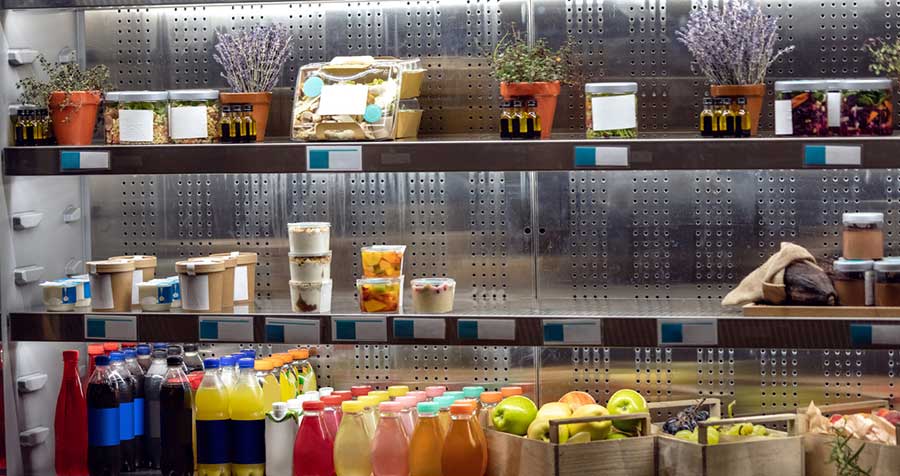Shopping List for a Home Quarantine
If you’ve shopped for emergency preparedness kits lately, you’ve probably noticed that the food in the kits can be pretty bad for our hearts and overall health – lots of “energy” bars, for example, that may as well be called candy bars. Here are tips for packing an emergency preparedness kit that is heart healthy.

Is unhealthy food the only way to survive a quarantine? Not at all.
Below are several heart-healthy choices. They’ll help protect you from disasters without and within.
I’ve divided the choices into two lists. The first, “Shelf Stable For Several Days,” is great in a case like this, as we’ve had time to prepare. Some of the foods on this list, like watermelon and other fruits, are great choices not only because they’re nutrient-dense but also because they’re full of water – often in short supply in cases of widespread panic.
The second list, “Shelf Stable For Several Months,” has healthy food options that need no refrigeration and are shelf stable for months. You can stock up and forget about them until you need them. They work for all emergencies – those you have warnings about, like hurricanes, as well as those with no warning, like earthquakes.
Shelf Stable For Several Days
- Fresh fruit that lasts about a week without refrigeration, such as watermelon and other melons, oranges and other citrus fruits, and apples.
- Whole-wheat pita bread, optimally low-sodium varieties. Good guidelines we use at the Pritikin Longevity Center for finding low-sodium products are: 1) Never trust the front of food packaging (foods promoted as “low sodium” may actually be full of sodium); and 2) Always check the Nutrition Facts label. Find products (there are more and more these days) in which the amount of sodium, in milligrams, does not exceed the amount of calories per serving. We call it the “1 mg-of-sodium-per-1-calorie” rule.
- Whole-wheat bread or sprouted breads, low-sodium varieties.
Shelf Stable For Several Months
- Plastic gallons of water. Buy several. Many emergency preparedness experts recommend about a gallon a day per person.
- Dehydrated veggie chips, no salt added.
- Canned vegetables, no salt added, such as corn, peas, tomatoes, and beets. Canned unsalted beets taste great with a little balsamic vinegar.
- Whole-grain, low-sodium crackers.
- Whole-wheat matzo and matzo crackers, no salt added.
- Whole-grain dry cereals (Check food labels to make sure you’re sticking with varieties that are not loaded with sugar and sodium.)
- All natural, 100% pure peanut butter (or almond or cashew) with no salt or hydrogenated oils.
- Raw unsalted nuts. They stay fresh a long time, particularly shelled varieties.
- Dried fruits, such as raisins, dates, figs, and prunes.
- 100% fruit jams and jellies, no sugar added.
- Raw unsalted trail mix. Choose varieties with nuts and dried fruit, not high-in-sugar-and saturated-fat items like M & Ms.
- Canned tuna, salmon, sardines, and chicken breast – low-sodium and water-packed varieties. Remember to pack a can-opener in your emergency preparedness kit.
- Canned soups and chilies, fat-free, low-sodium varieties.
- Canned fruit, no sugar added, packed in juice.
- Canned beans, no salt added.
- Bean dips, fat-free, low-sodium.
- Baked tortilla chips, low-sodium and low-fat.
- Salsa, no salt added, bottled.
- Shelf-stable vacuum-packed varieties of nonfat dairy and unsweetened/original and vanilla soymilks. You’ll find them on grocery store shelves (not in the refrigerated sections).
- Vegetable juices, bottled, no salt added.
I hope these suggestions help. Stay healthy and safe.
But it’s great to know you’ll have one that helps protect your greatest wealth – your health.
Edited by Jennifer Weinberg, 3/19/20